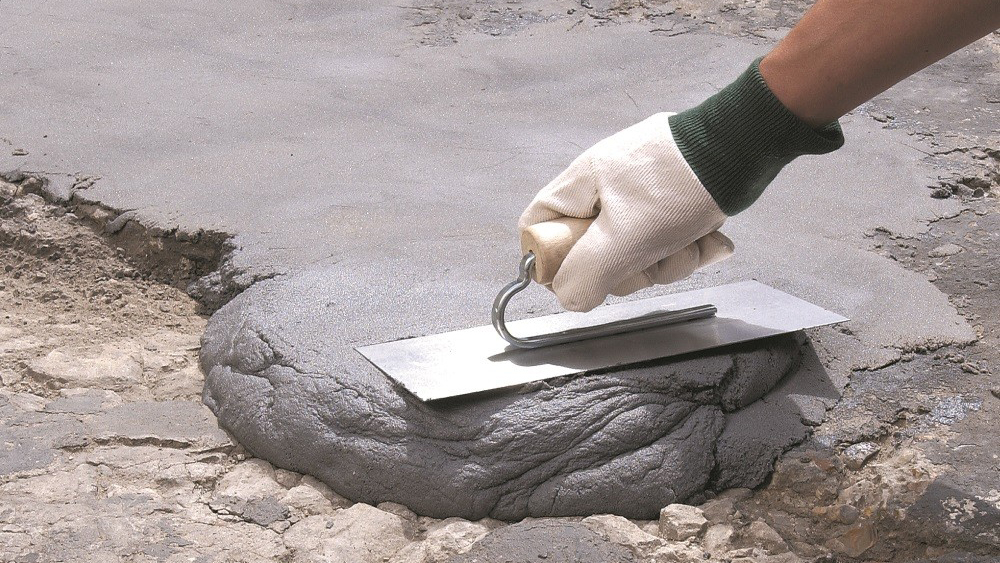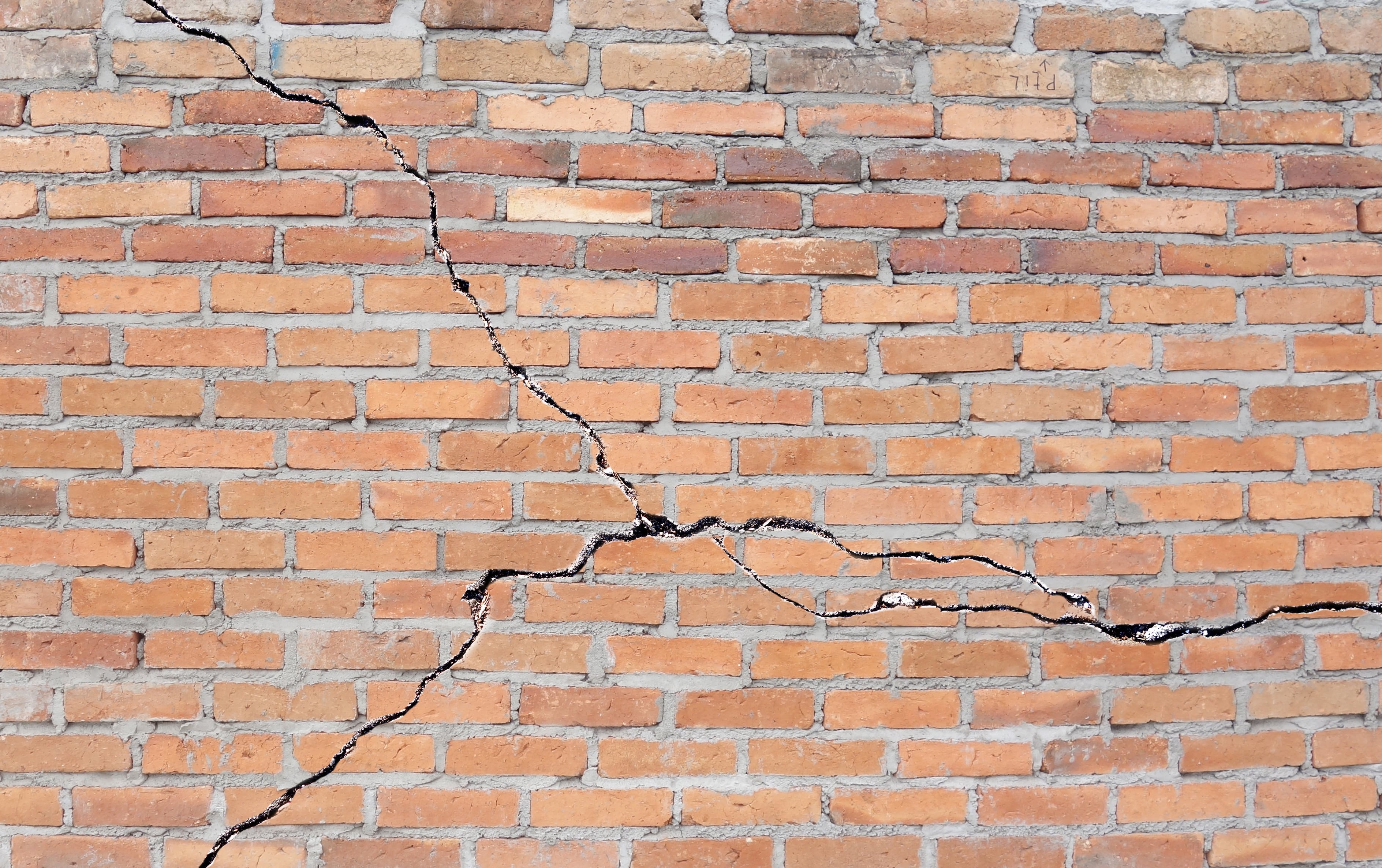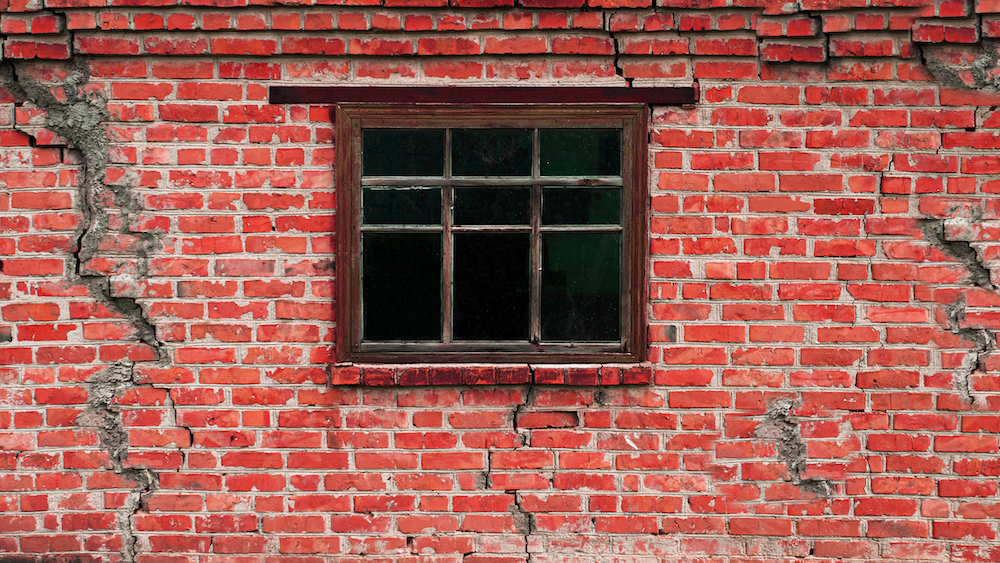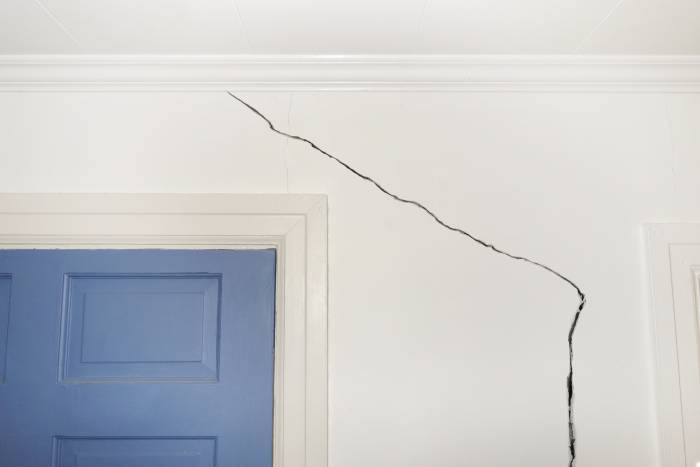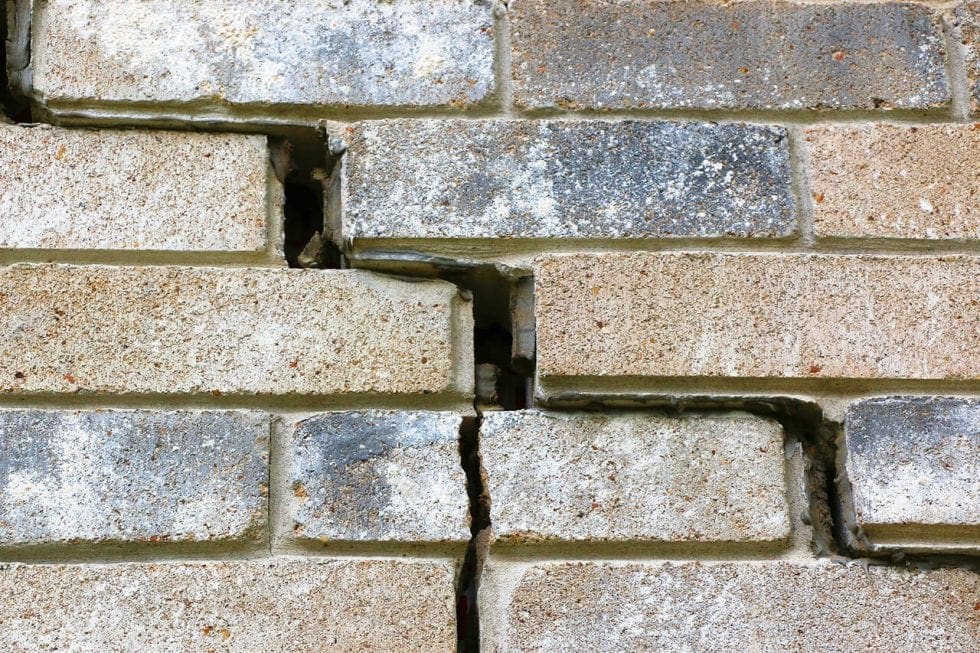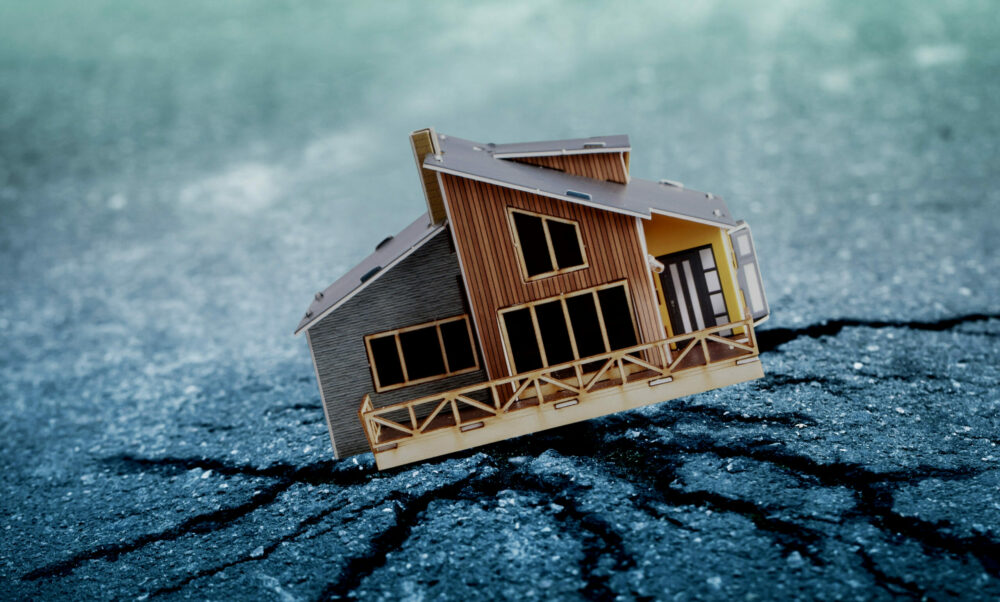A crack in a living room wall can be a frustrating and unsightly problem for homeowners. Luckily, repairing it doesn't have to be a daunting task. With the right tools and techniques, you can fix the crack and restore your wall to its former glory. Here's a step-by-step guide on how to repair a crack in a living room wall. How to Repair a Crack in a Living Room Wall
Before we dive into the repair process, it's important to understand what causes cracks in living room walls in the first place. Some common culprits include settling of the foundation, moisture damage, temperature fluctuations, and poor construction. Identifying the cause can help prevent future cracks from occurring. Causes of Cracks in Living Room Walls
If the crack in your living room wall is small and superficial, you may be able to fix it yourself. Start by cleaning the area around the crack with a damp cloth and allowing it to dry completely. Then, use a putty knife to apply spackling compound over the crack, smoothing it out as you go. Once the compound is dry, sand it down and paint over it to blend it in with the rest of the wall. DIY Solutions for Fixing a Crack in a Living Room Wall
For larger or more severe cracks, it's best to seek professional help. A contractor or handyman will have the expertise and tools necessary to repair the crack effectively. They may use techniques such as injecting epoxy or polyurethane foam into the crack to seal it. This method is more permanent and will help prevent the crack from reappearing in the future. Professional Services for Repairing a Crack in a Living Room Wall
As the saying goes, prevention is better than cure. Here are a few tips to help prevent cracks from forming in your living room walls: use a dehumidifier to control moisture levels, regularly check for signs of foundation settling or structural damage, and avoid hanging heavy objects on the wall. Tips for Preventing Cracks in Living Room Walls
Not all cracks are created equal. Some may be small and superficial, while others may be more severe and indicative of structural damage. Some common types of cracks in living room walls include hairline cracks, vertical cracks, and diagonal cracks. If you're unsure about the type of crack in your wall, it's best to consult a professional for an assessment. Common Types of Cracks in Living Room Walls
Depending on the extent of the crack, you may need different materials for the repair. Some essential tools and materials for repairing a crack in a living room wall include a putty knife, spackling compound, sandpaper, and paint. For more severe cracks, you may also need epoxy or polyurethane foam. Materials Needed for Repairing a Crack in a Living Room Wall
Here's a more detailed step-by-step guide for fixing a crack in your living room wall: Step-by-Step Guide for Fixing a Crack in a Living Room Wall
Not all cracks are cause for concern. To determine if a crack in your living room wall is serious, you can use the "thumb test." If you can fit your thumb into the crack, it may be a sign of structural damage and should be inspected by a professional. Other signs of a serious crack include widening or recurring cracks, as well as cracks accompanied by other symptoms such as bulging or sloping walls. How to Determine if a Crack in a Living Room Wall is Serious
While some cracks in living room walls may be minor and easily fixed, others may indicate more serious structural damage. Some signs to look out for include uneven floors, doors that won't close properly, and cracks in the ceiling or floor joists. If you notice any of these signs, it's best to consult a professional for a thorough inspection and repair. Signs of Structural Damage Caused by a Crack in a Living Room Wall
The Importance of Addressing a Crack in Your Living Room Wall

Maintaining the Structural Integrity of Your Home
 A crack in your living room wall may seem like a minor issue, but it should not be ignored. While it may start as a small cosmetic imperfection, it can quickly turn into a major structural problem if left untreated. As a homeowner, it is important to understand the potential dangers of ignoring a crack in your wall and the steps you can take to prevent further damage.
A crack in your living room wall may seem like a minor issue, but it should not be ignored. While it may start as a small cosmetic imperfection, it can quickly turn into a major structural problem if left untreated. As a homeowner, it is important to understand the potential dangers of ignoring a crack in your wall and the steps you can take to prevent further damage.
Identifying the Cause of the Crack
 One of the first steps in addressing a crack in your living room wall is identifying the root cause. Some common causes of cracks include settling of the foundation, moisture, and poor construction. If the crack is vertical, it could be a sign of foundation settling, while horizontal cracks may indicate water damage. Understanding the cause will help determine the appropriate course of action.
One of the first steps in addressing a crack in your living room wall is identifying the root cause. Some common causes of cracks include settling of the foundation, moisture, and poor construction. If the crack is vertical, it could be a sign of foundation settling, while horizontal cracks may indicate water damage. Understanding the cause will help determine the appropriate course of action.
Preventing Further Damage
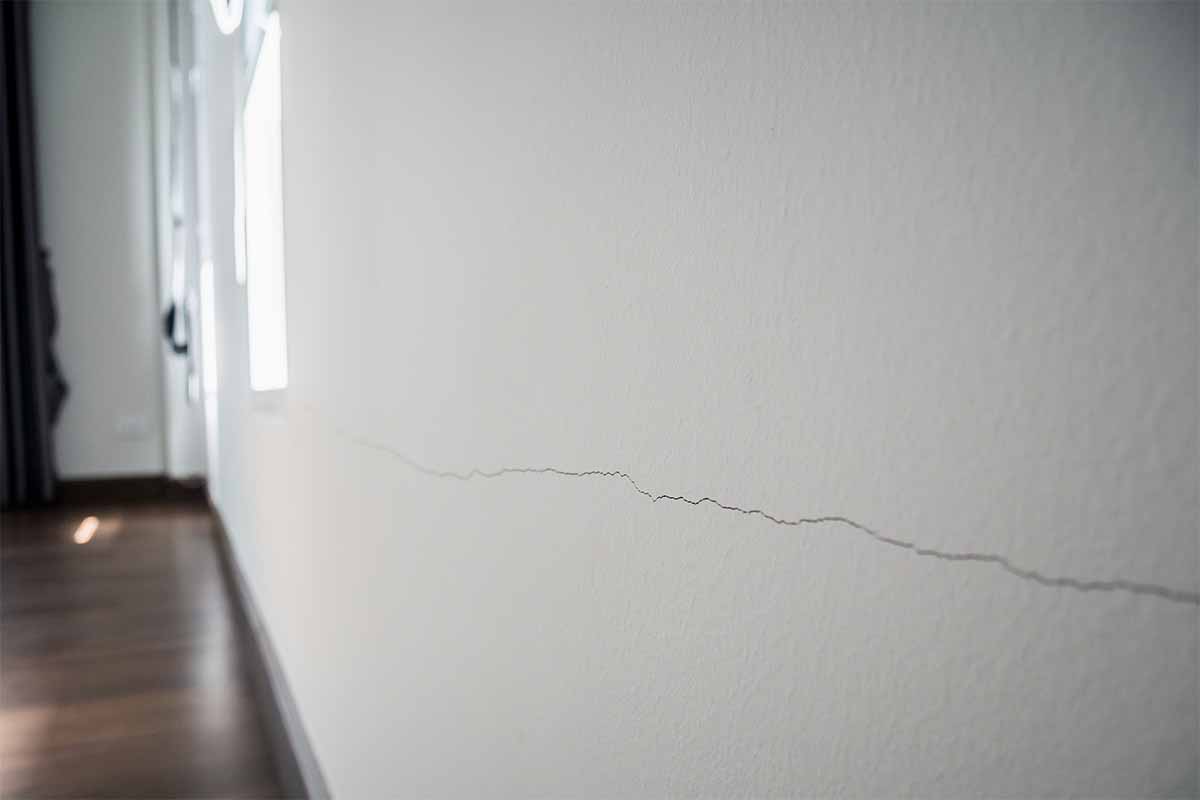 Once the cause of the crack has been identified, it is important to take immediate action to prevent further damage. This may include sealing the crack with
waterproof sealant
or reinforcing the wall with
steel rods
to prevent it from expanding. Ignoring the crack can lead to more serious issues such as structural instability, water damage, and even mold growth.
Once the cause of the crack has been identified, it is important to take immediate action to prevent further damage. This may include sealing the crack with
waterproof sealant
or reinforcing the wall with
steel rods
to prevent it from expanding. Ignoring the crack can lead to more serious issues such as structural instability, water damage, and even mold growth.
Protecting Your Investment
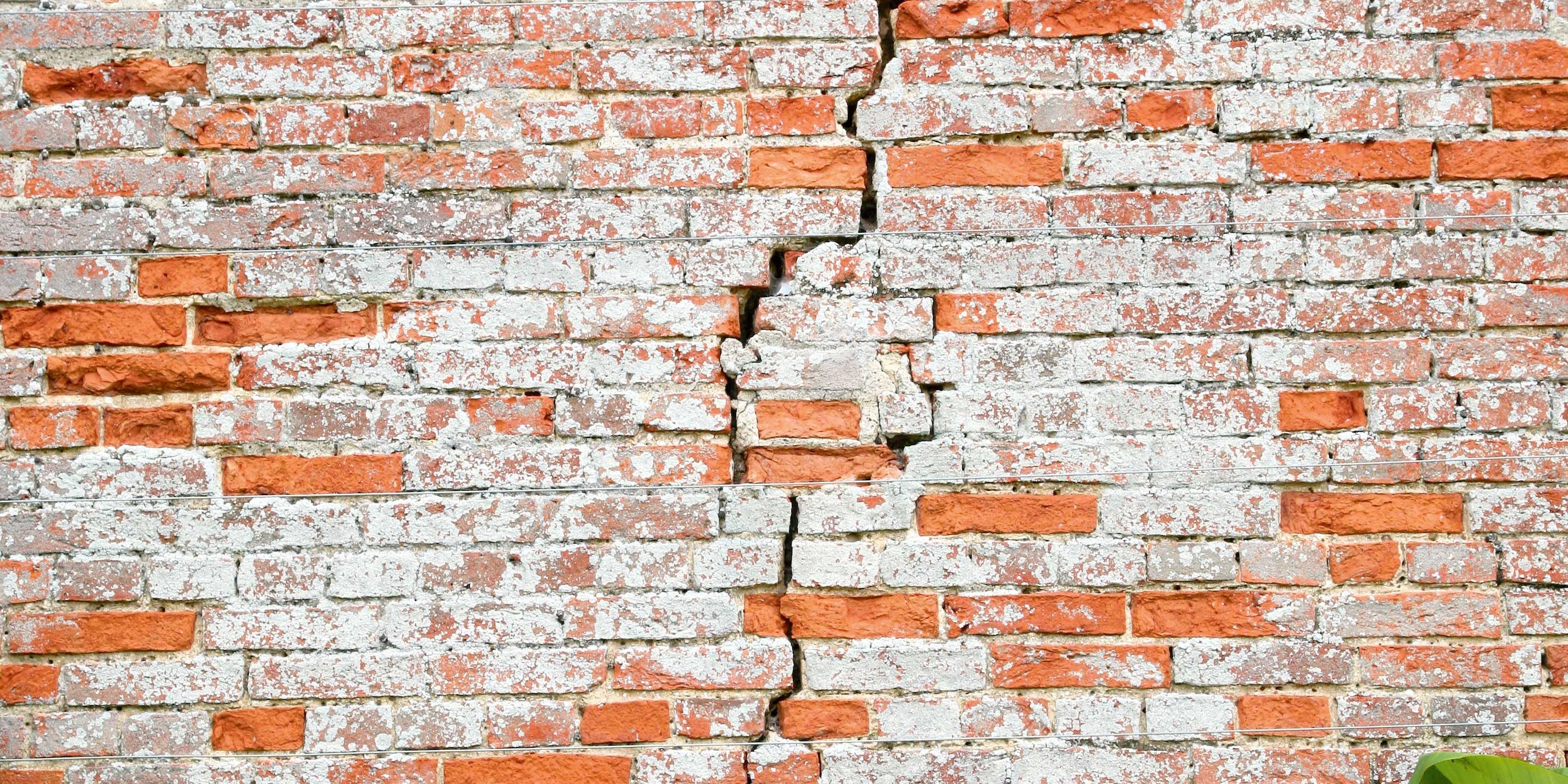 Your home is likely one of the biggest investments you will make in your lifetime. Ignoring a crack in your living room wall can significantly decrease the value of your home. It can also make it difficult to sell in the future, as potential buyers may see it as a red flag. By addressing the crack in a timely manner, you are not only protecting the structural integrity of your home but also preserving its value.
Your home is likely one of the biggest investments you will make in your lifetime. Ignoring a crack in your living room wall can significantly decrease the value of your home. It can also make it difficult to sell in the future, as potential buyers may see it as a red flag. By addressing the crack in a timely manner, you are not only protecting the structural integrity of your home but also preserving its value.
Consulting a Professional
 While there are some DIY solutions for addressing a crack in your wall, it is always best to consult a professional. A licensed contractor or structural engineer can properly assess the situation and recommend the best course of action. They have the expertise and tools to ensure that the crack is properly repaired and prevent any further damage.
In conclusion, a crack in your living room wall may seem like a minor issue, but it should not be ignored. It is important to address it promptly to maintain the structural integrity of your home, prevent further damage, and protect your investment. Remember to always consult a professional for the best results. Don't let a small crack turn into a big problem.
While there are some DIY solutions for addressing a crack in your wall, it is always best to consult a professional. A licensed contractor or structural engineer can properly assess the situation and recommend the best course of action. They have the expertise and tools to ensure that the crack is properly repaired and prevent any further damage.
In conclusion, a crack in your living room wall may seem like a minor issue, but it should not be ignored. It is important to address it promptly to maintain the structural integrity of your home, prevent further damage, and protect your investment. Remember to always consult a professional for the best results. Don't let a small crack turn into a big problem.
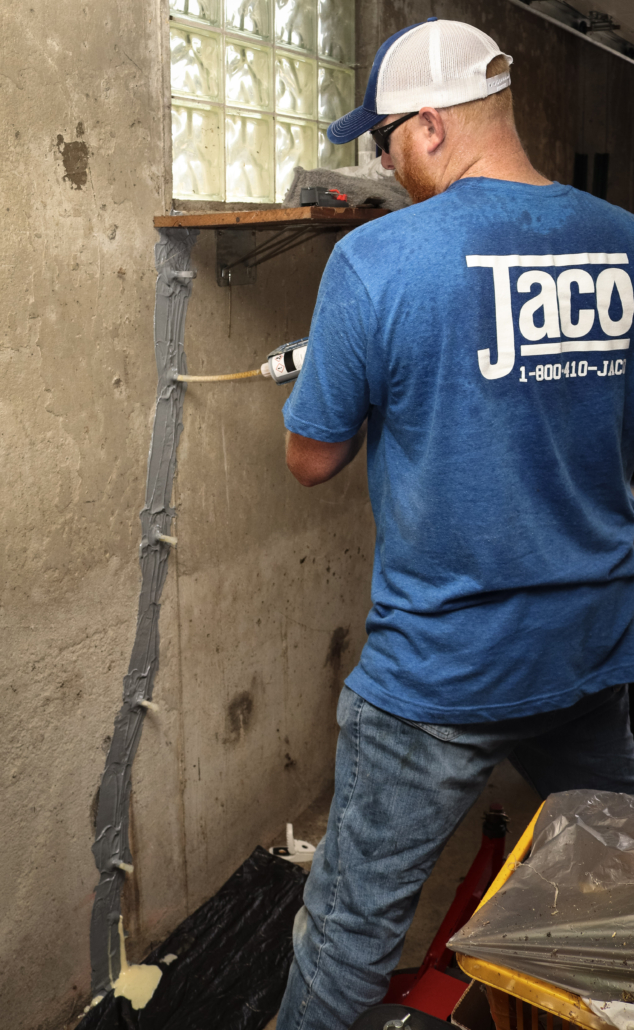



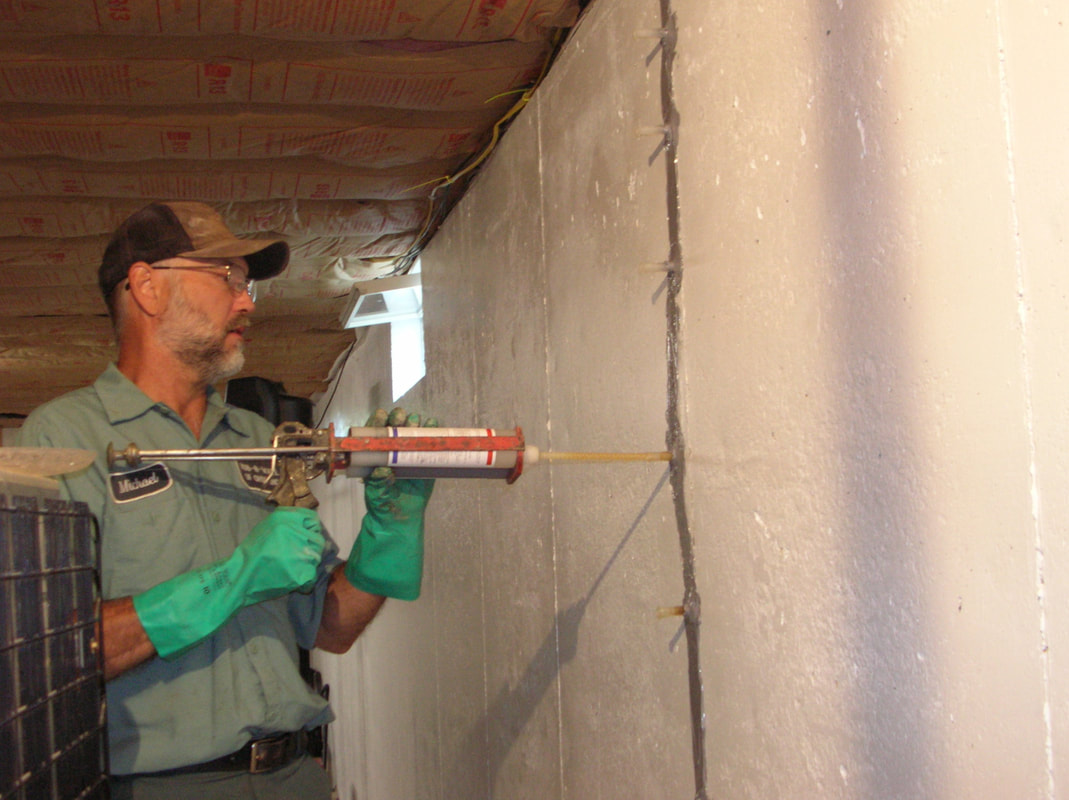


:max_bytes(150000):strip_icc()/SmooththeCrackFiller-ee96136b5580473798816a138c1cd6b6.jpg)
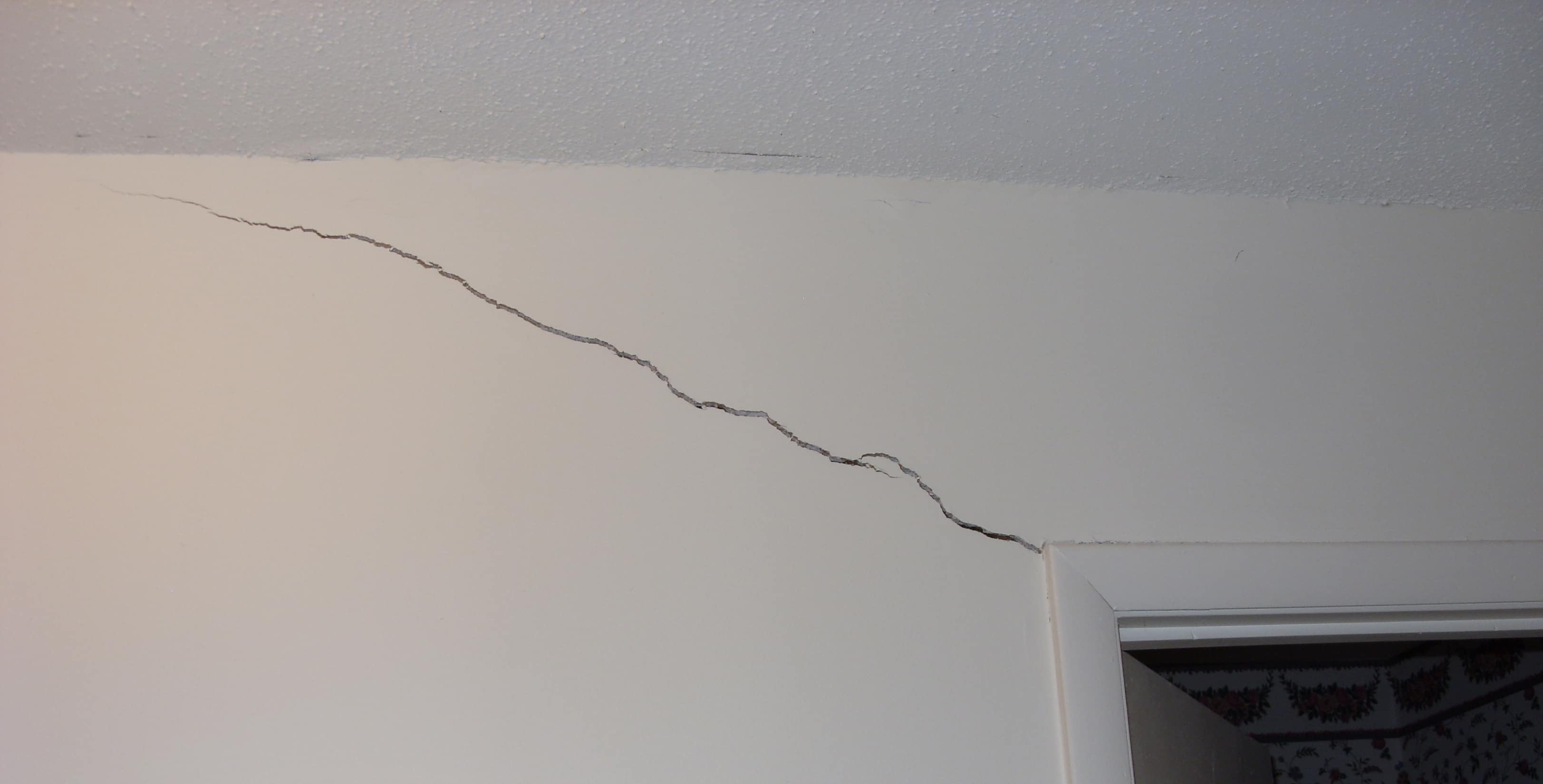

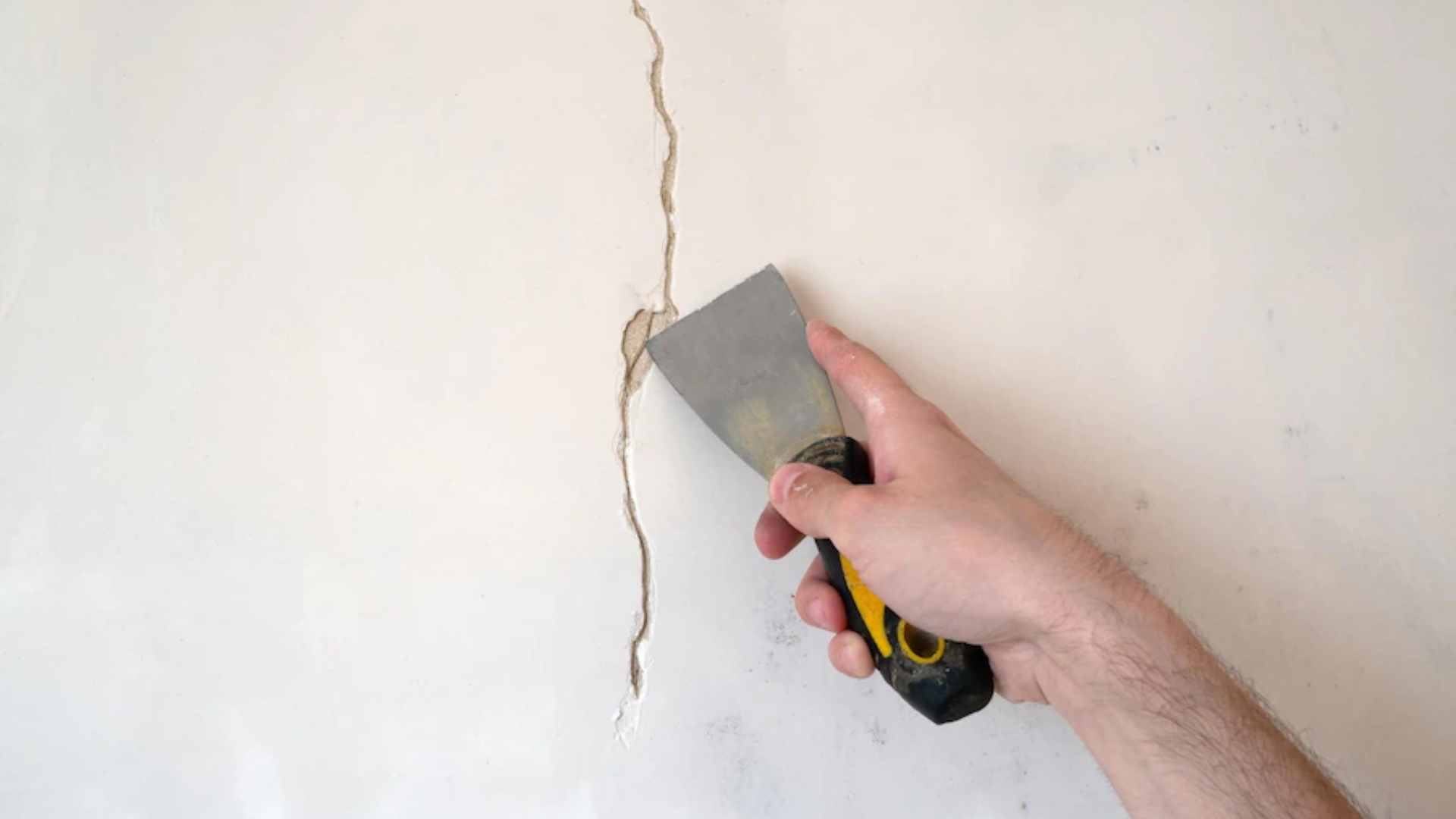



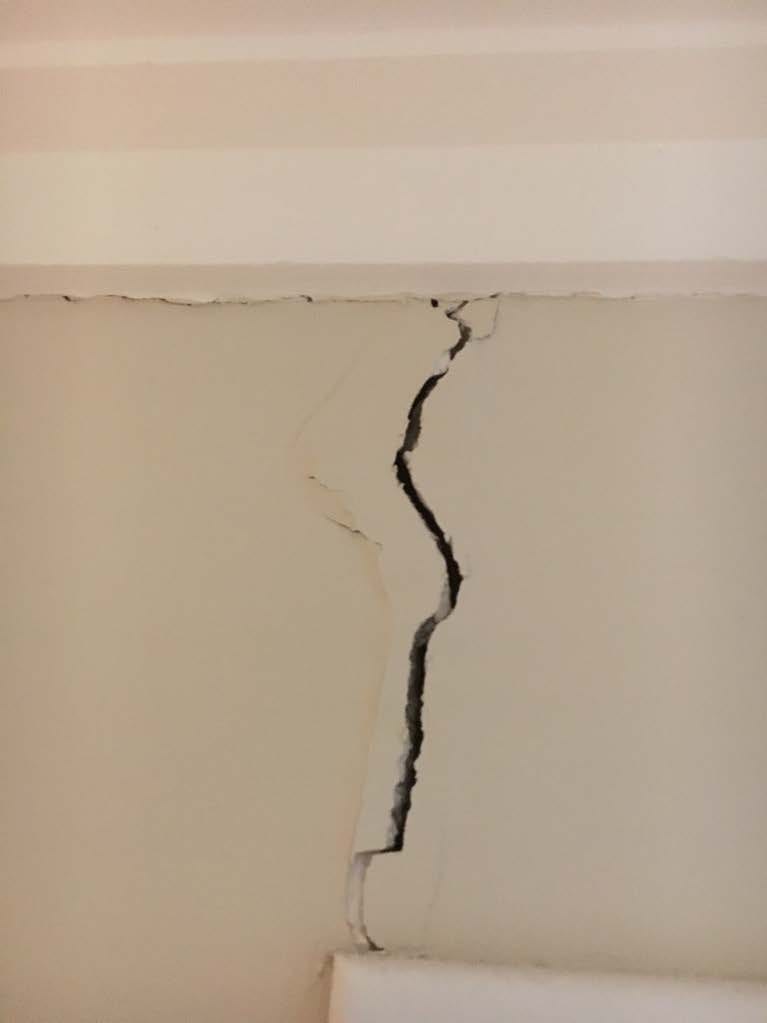
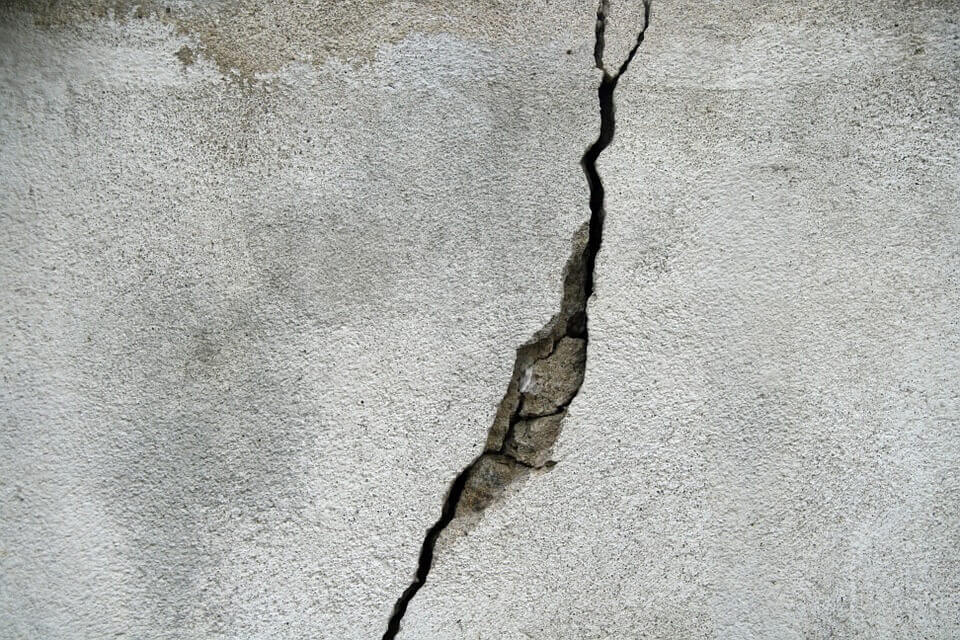

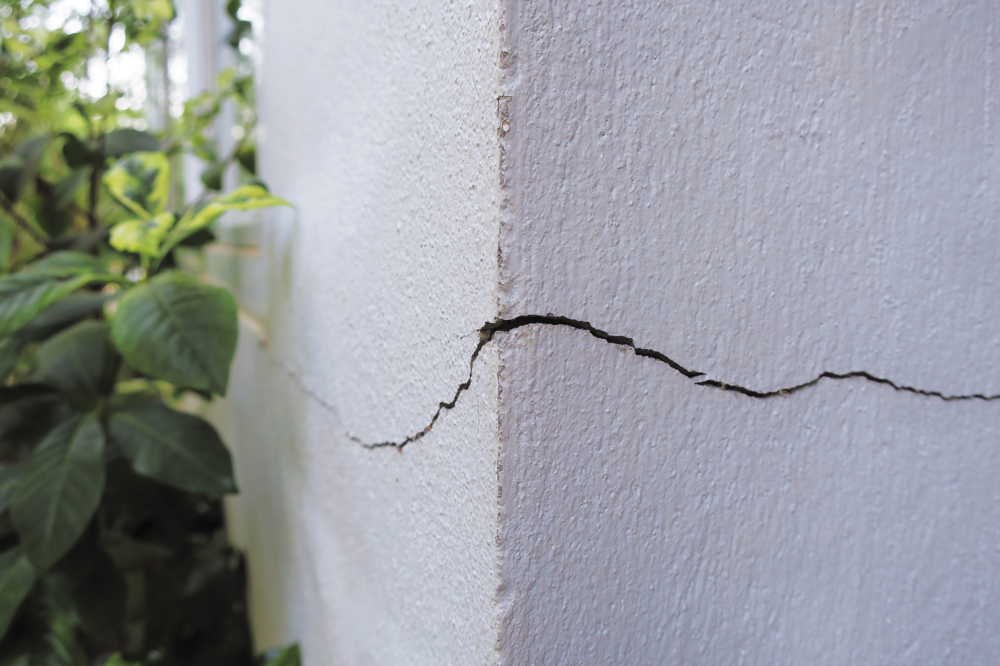










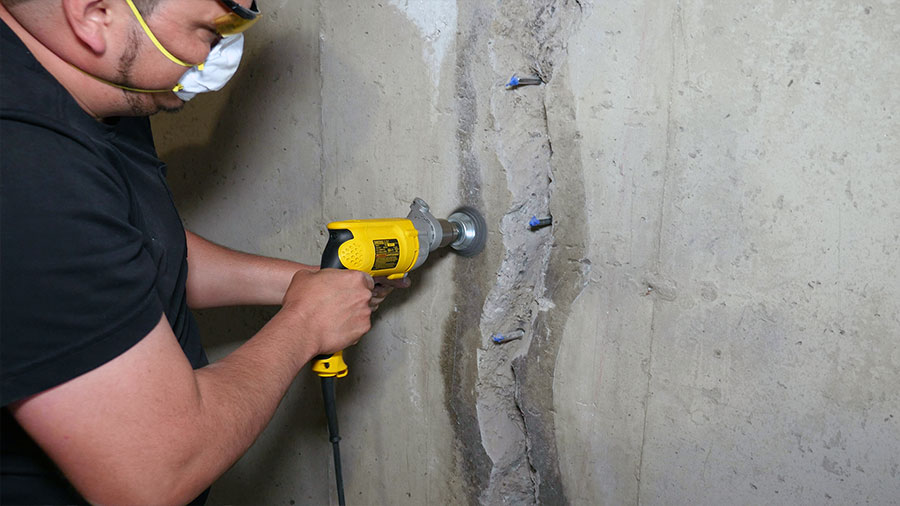









/cdn.vox-cdn.com/uploads/chorus_image/image/65892275/howto_fixplaster_01.0.jpg)




















:max_bytes(150000):strip_icc()/SmooththeCrackFiller-ee96136b5580473798816a138c1cd6b6.jpg)
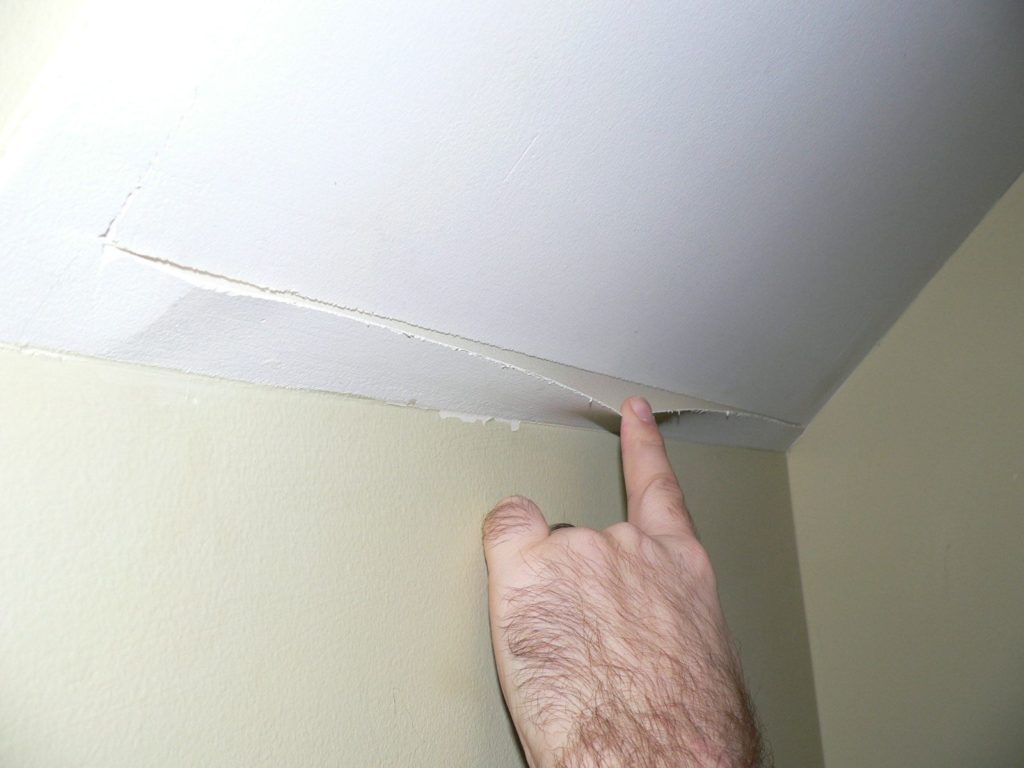
:max_bytes(150000):strip_icc()/Repairing-Plaster-Wall-551425343-5723f7705f9b589e34b49dd7.jpg)
